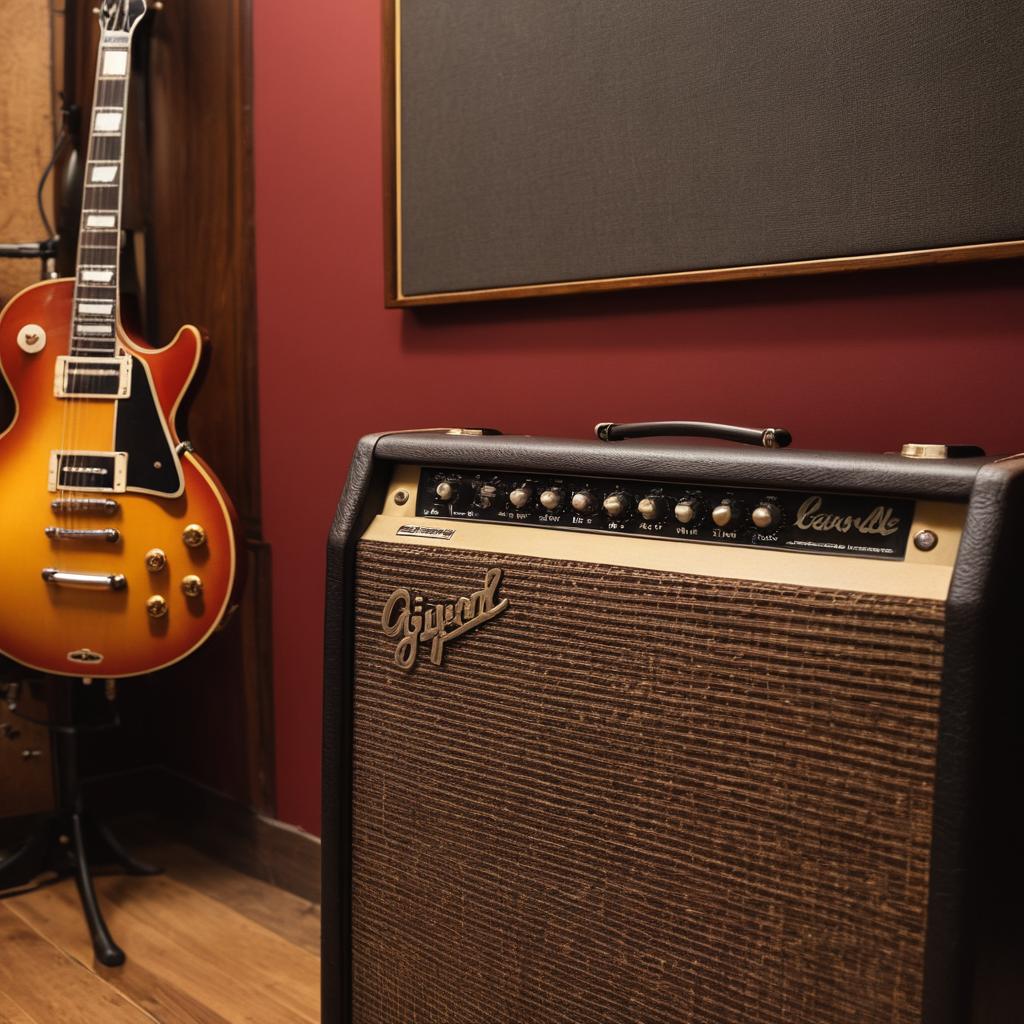If you are buying your first guitar cabinet or you replacing one, you must be aware of the crucial role that guitar cabinets play in shaping your sound. The choice between an open-back or closed-back cabinet can significantly impact the tone and resonance of your instrument.
In this article, we will delve into the differences between these two types of guitar cabinets to help you make an informed decision when shopping for one.
1. Design:
Open-back guitar cabinets have a single rear panel with no back or bottom panels, allowing sound to freely escape through the back of the cabinet. This design allows the cabinet to resonate more naturally and produce a louder, more open tone. On the other hand, closed-back guitar cabinets feature additional panels at the back and bottom, creating an enclosed space that traps sound inside the cabinet. This design provides a tighter, more controlled sound with less bass response.
2. Tone:
The primary difference in tone between open-back and closed-back cabinets lies in their response to low frequencies. Open-back cabinets tend to produce a brighter, more open sound with a greater emphasis on highs and mids. This is due to the unrestricted air movement within the cabinet, which allows the low frequencies to resonate freely. Closed-back cabinets, on the other hand, have a warmer, fuller sound with more bass response. The additional panels in these cabinets help create an enclosed space that traps and amplifies lower frequencies, resulting in a more focused and richer tone.
3. Usage:
Open-back guitar cabinets are typically used for live performances where volume is essential. They provide excellent projection and allow the player to be heard over other instruments or background noise. However, they can be less suitable for recording purposes due to their uncontrolled low-frequency response. Closed-back guitar cabinets, on the other hand, are ideal for both live performances and recording sessions. Their controlled bass response makes them ideal for recording, while still providing enough volume for live performances.
4. Portability:
Open-back guitar cabinets are generally lighter and more portable than closed-back models due to their lack of additional panels. This makes them a popular choice for traveling musicians or those who frequently change venues. Closed-back cabinets, although not as heavy as open-back ones, can still be bulky and challenging to transport if you’re looking for a more compact solution.
In conclusion, the difference between open-back and closed-back guitar cabinets lies in their design, tone, usage, and portability. Open-back cabinets offer a brighter, more open sound with excellent projection but can be less controlled in terms of low frequencies. Closed-back cabinets provide a warmer, fuller tone with more bass response and are ideal for both live performances and recording sessions. Ultimately, the choice between these two types of guitar cabinets depends on your personal preferences, playing style, and intended use.
